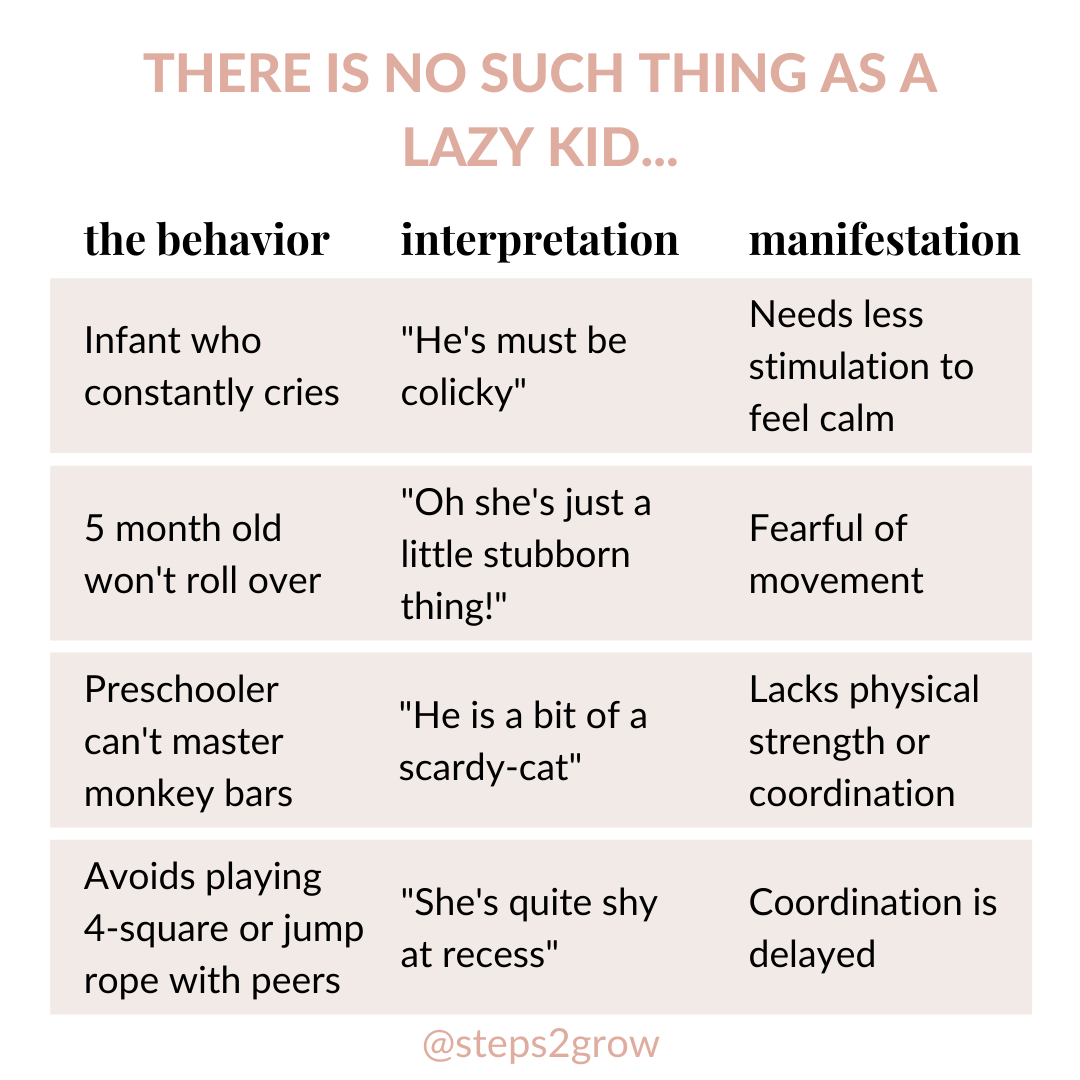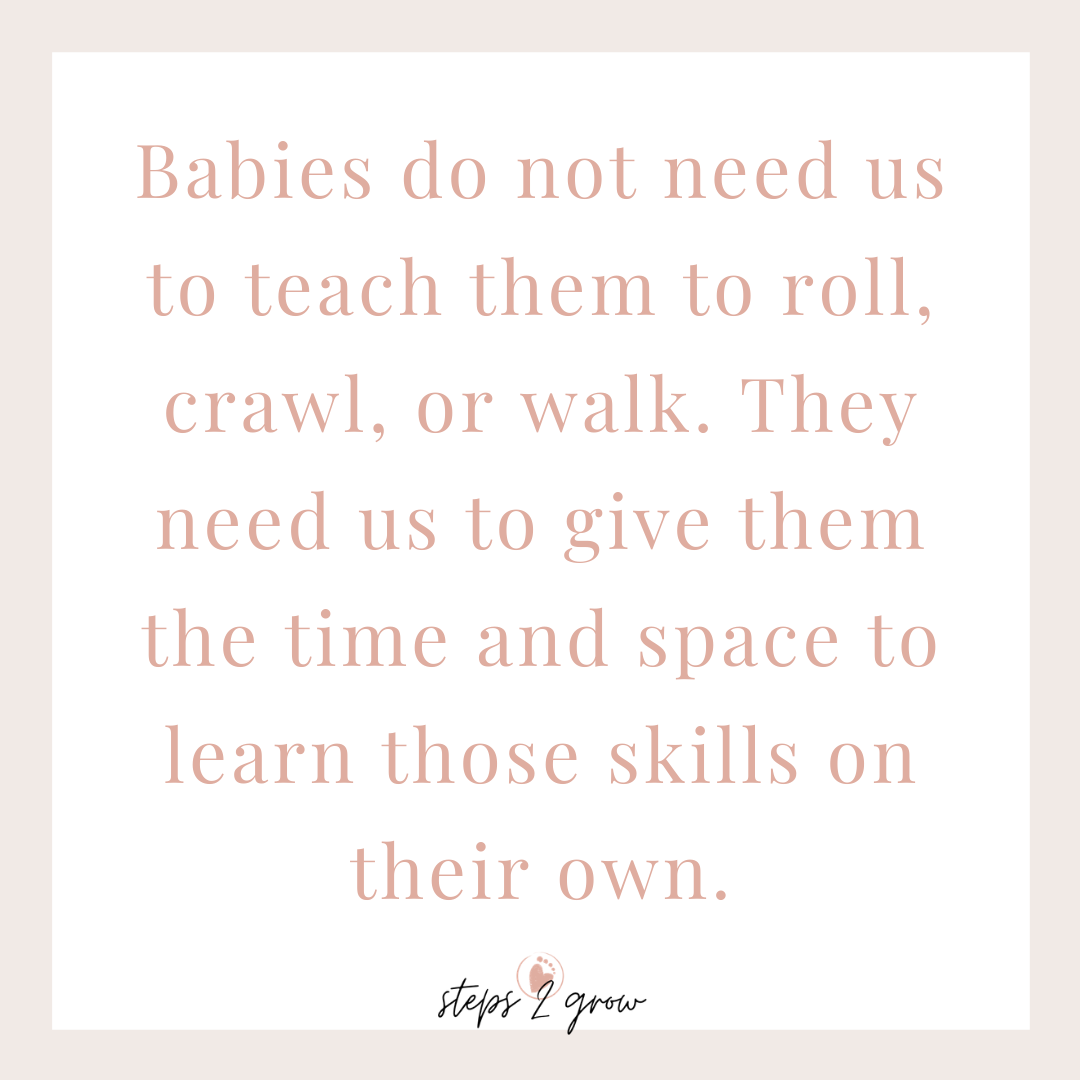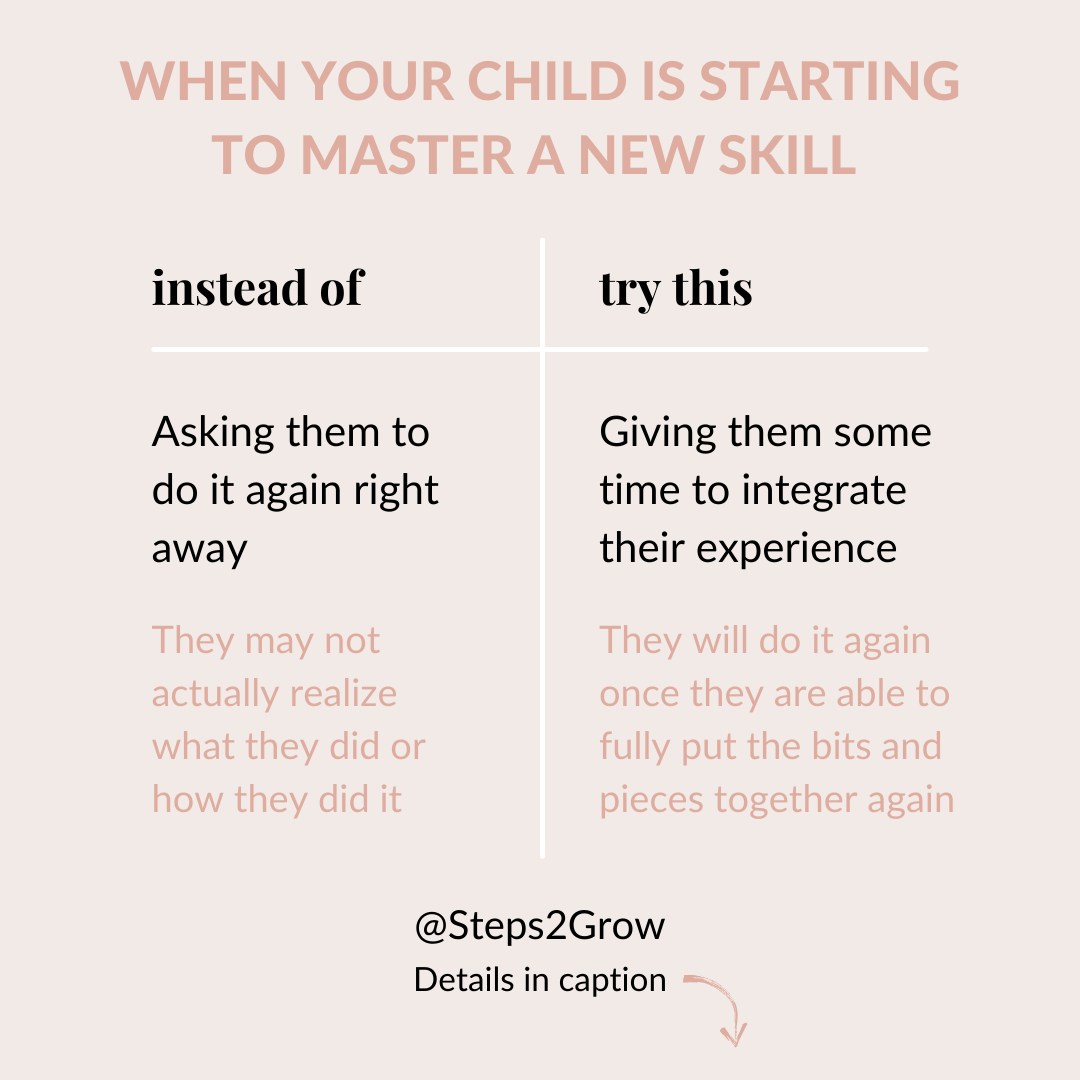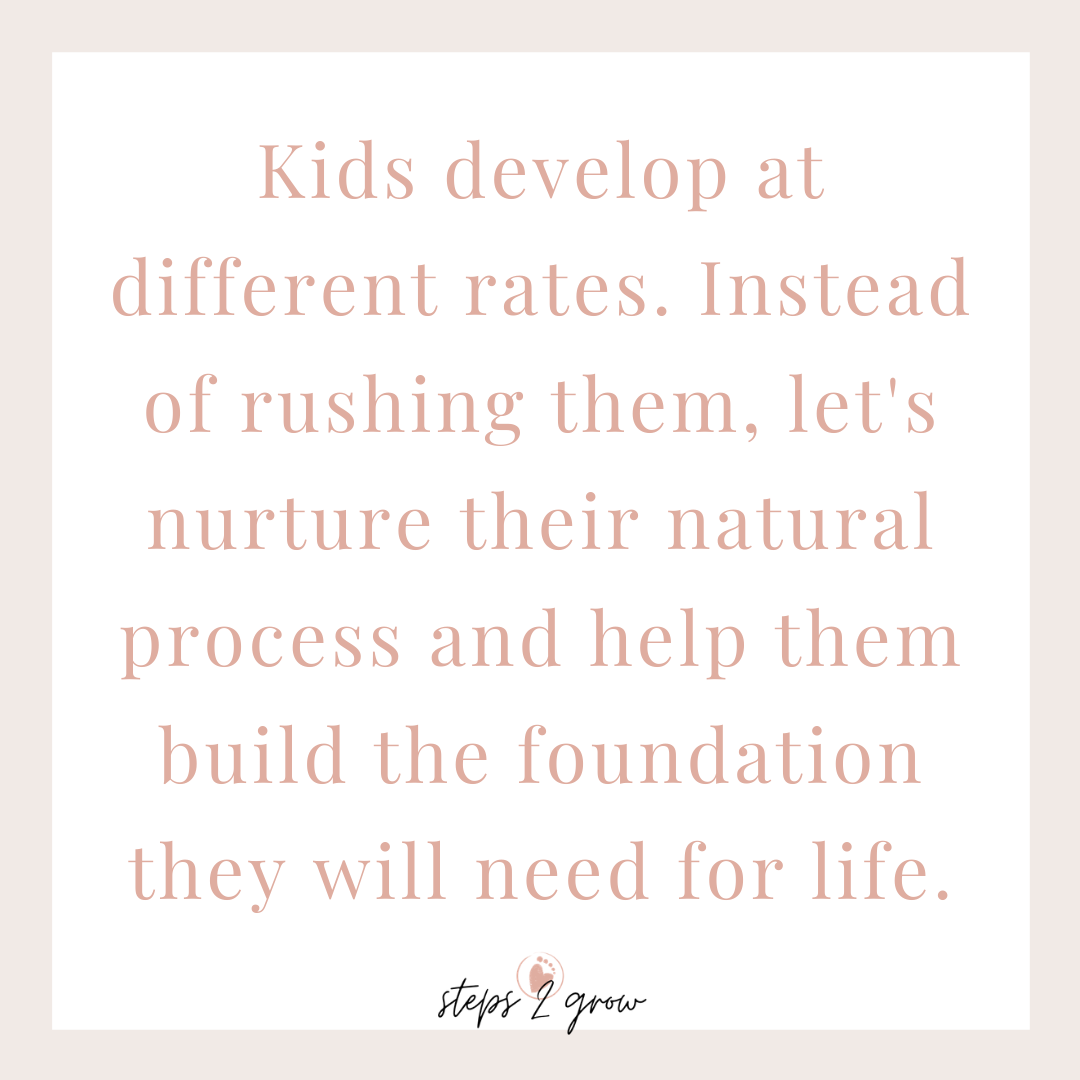Let's figure out the difference between the two: Tantrum vs. sensory meltdown.Common characteristics of a tantrum:
Tantrums typically have a purpose. They are a way for a child to express feelings they cannot yet put into words, and generally elicit a desired response from the parent or an outcome. When the child achieves that response or outcome, the tantrum typically subsides. Common characteristics of a sensory meltdown:
A sensory meltdown is a neurological stress response to something in the environment that is unwanted. It is a fight, flight, or freeze response to undesired stimuli assaulting the sensory system. A sensory meltdown will not just stop after "giving in" to the child. What do you do in either situation?If you want guidance on how to tame a tantrum, I would check out the resources at Big Little Feelings. To manage a sensory meltdown in the moment, try to:
What you can do to prevent sensory meltdowns from happening in the first place:Not all sensory meltdowns can be prevented, but there are some things you can do to help reduce the intensity and frequency of them:
I hope this helps you tune into what your child is communicating, and equips you with some new tools! You may also like:
|
AuthorHi! Austen here. Pediatric OT obsessed with leggings and all things child development. Welcome to my journal! I hope to educate and empower parents and caregivers with science inspired insights, effective strategies, and confidence. Categories
All
|



 RSS Feed
RSS Feed






